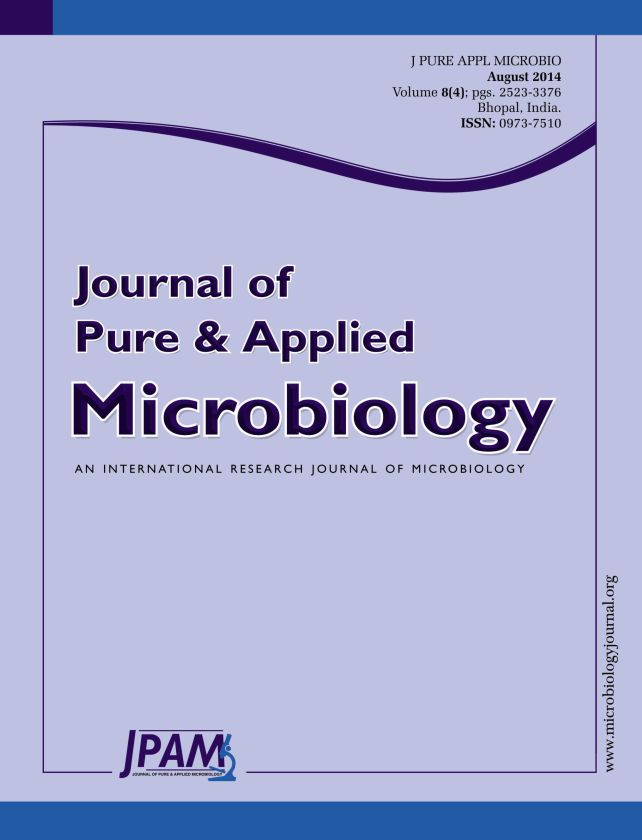Chronic hepatitis B is a major public health problem in our country. Hepatitis A vaccination in HBV carriers who did not encounter with Hepatitis A virus is also significant. We aimed to evaluate the rate of exposure to HAV in HBsAg-positive persons, and the distribution of seronegative individuals according to age groups. Medical records of 4793 patients from 14 centers who were positive for hepatitis B surface antigen (HBsAg). A total 3514 cases (73.3%) were male and 1279 (26.7) were female. The HBsAg positive patients who were previously tested for HAV IgG at the time of firstly admitted to a center. HBsAg positive patients who were previously not tested for HAV IgG were tested and these patients were confirmed serologically for HAV. The distribution of cases according to age were determined. In this study, 4793 HBsAg-positive patients were evaluated. The ratio of testing of anti-HAV IgG was very low during the first visit (54.2%). Seronegativity was highest in the age group under 19 years of age (26.2%) followed by 20-25 age group (15.5%) and 26-29 age group (12.5%). Testing of HAV serology should not be ignored in especially HBsAg-positive young adults and seronegative young adults should be vaccinated.
Hepatitis A, HBsAg, anti-HAV IgG
© The Author(s) 2014. Open Access. This article is distributed under the terms of the Creative Commons Attribution 4.0 International License which permits unrestricted use, sharing, distribution, and reproduction in any medium, provided you give appropriate credit to the original author(s) and the source, provide a link to the Creative Commons license, and indicate if changes were made.


